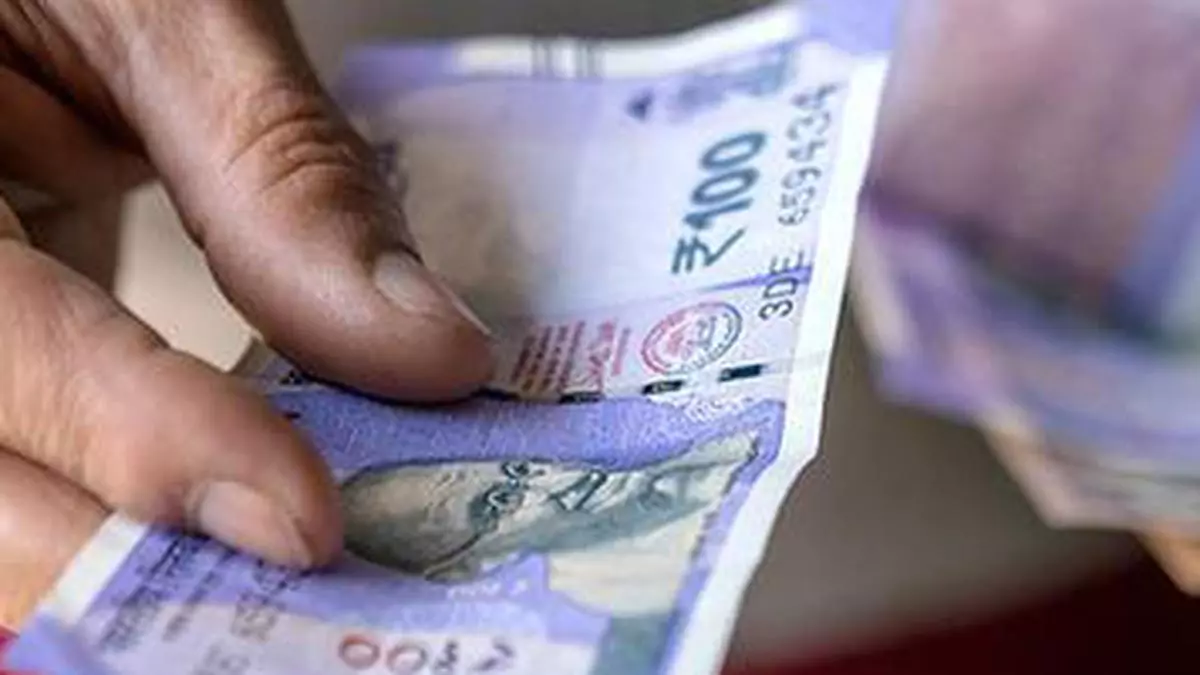Despite headwinds, corporate investments picked up in recent period: RBI Annual Report
Sustaining a recovery in investment activity hinges on low and stable inflation, stronger growth in global production and trade, improving financial conditions, timely completion of projects by firms and a favorable commodity price outlook, according to RBI’s annual FY24 report.
RBI noted that as of March 2023, non-food credit growth (y-o-y) was a solid 15.4 percent, the same as nominal GDP growth for 2022-23. She added that the widespread expansion of bank credit was facilitated by the health of banks’ balance sheets.
Bank credit plays an important role in financing corporate investments in India. The RBI said that the continuous increase in credit may have led to information about increased investment demand, while the occasional rise may indicate the demand for working capital which could be for the use of existing capacity.
The central bank said that despite the increase in commodity prices and the rise in interest rates, corporate investment has rebounded in the recent period.
Borrowing and inflation
To assess whether a rise in bank credit can revitalize the investment cycle, RBI researchers examined the relationship between borrowing and fixed investment of listed nonfinancial firms through a dynamic panel model for the period 2011-12 to 2020-21.
The results show that a one percentage point increase in bank borrowing increases nominal net fixed assets (NFA) by about 0.17 percentage points.
Higher inflation increases operating costs, which in turn may reduce fixed investment. The fixed investment sensitivity of bank loans decreases during periods of high inflation. This highlights the critical role of low and stable inflation in investment expectations.
To reconfirm the nature of the rebound in investment activity, investment cycles were estimated by the researchers by applying an asymmetric bandwidth filter on the seasonally adjusted quarterly investment rate and real gross fixed capital formation data.
Cycles from both series support the cyclical recovery in investment from the slump that occurred during the first wave of the pandemic.
